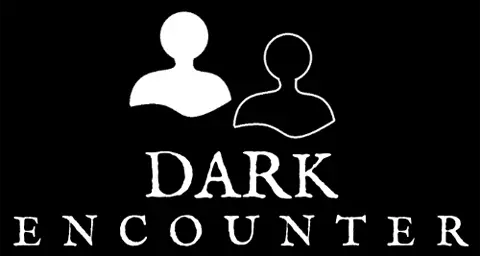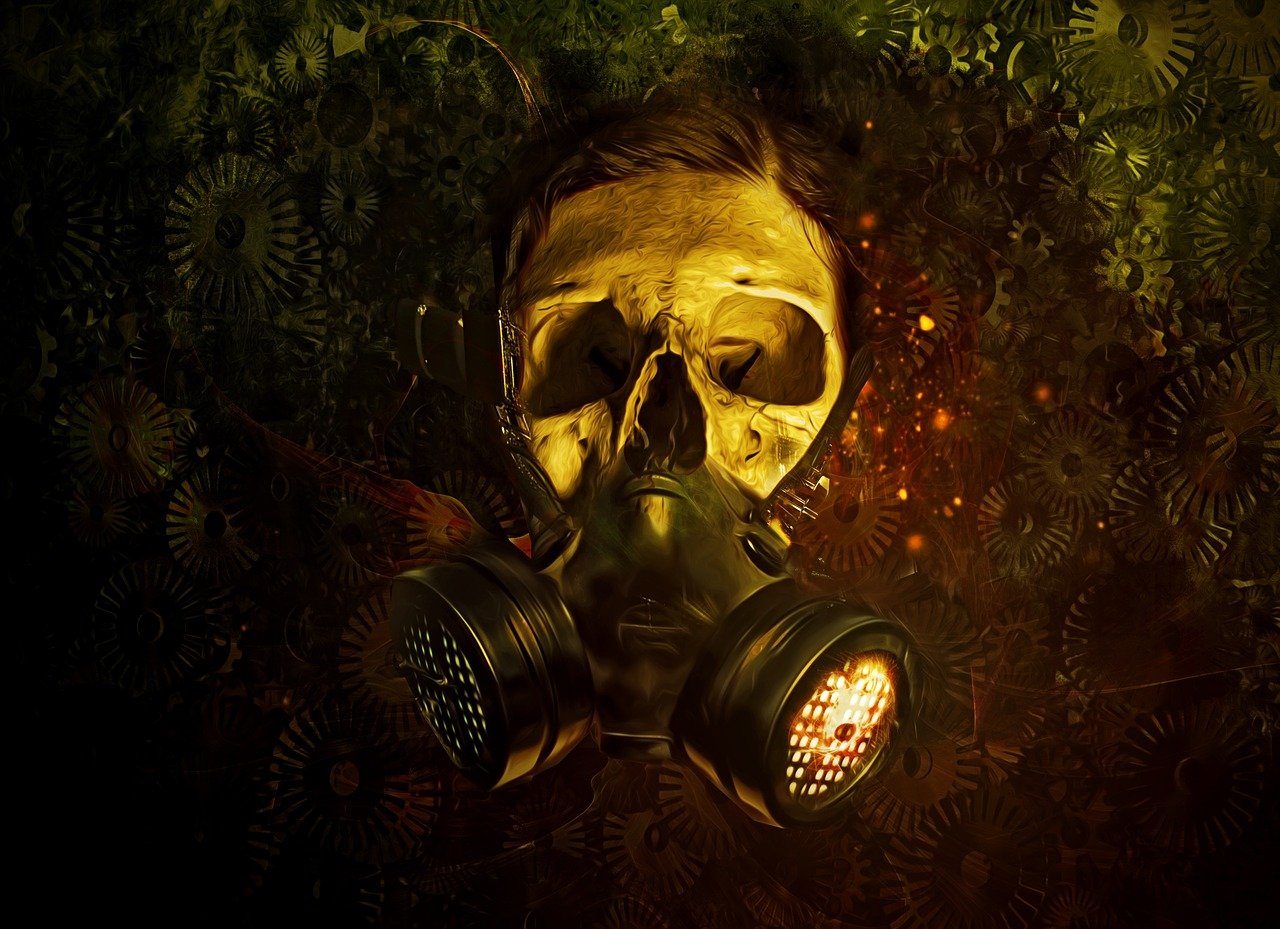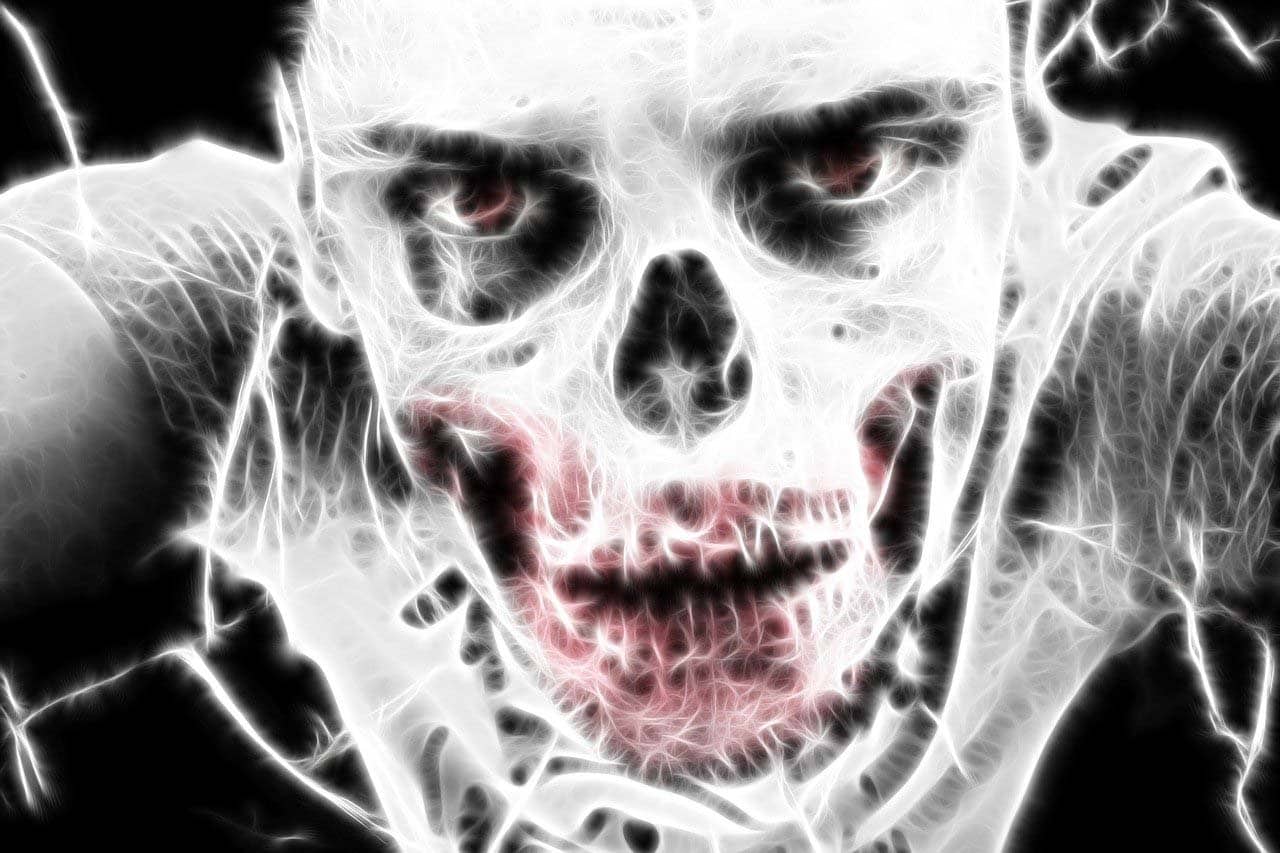Sci-fi horror is perhaps one more the most compelling genres there is. It presents unique ideas and stands out from generic speculative fiction with its narrative style and goal. While fantasy and speculative fiction are primarily focused on the implausible, sci-fi horror seeks to change the dynamics by harping more on plausibility. Because it has elements of sci-fi, it aims to find an answer to all questions raised in the plot. Because it also contains elements of horror, it is a thrilling experience for the reader.
As with every other genre, the driving goal of sci-fi horror is to captivate the audience by injecting a certain kind of mood. This is perhaps best evident in the works of H.P Lovecraft and Edgar Allen Poe. Their sci-fi horror tales emphasize more on the supernatural and leave many questions unanswered. Interpreting the work is tasked to the reader.
If you aspire to be a successful sci-fi horror writer someday, here are a bunch of guidelines that will certainly help you get started.
Getting Started
Even before you start etching out your delicious sci-fi horror tale, it is crucial to first understand what the genre is all about. Typically, we would define sci-fi as a sub-genre, and as evident from the name, it blends the intuitive insights of science fiction with the petrifying alarm and shock of horror fiction.
Science meets the supernatural
Science creates something mankind wasn’t meant to face.
In this type of story, science is the cause of the horror. Or, at least, mankinds misuse of science. Mary Shelley’s Frankenstein is a good example of this. In the book, Victor Fankenstein uses science to create a living man from the dismembered pieces of several corpses. The “monster” he creates turns against Frankenstein and ends up killing members of his family.
This is a classic trope in science fiction horror. Its as if the we were being punished for trespassing into territory that we were never meant to.
Science as mysticism
One type of story is where science acts as a fantasy element.
For example in the book, The Time Machine by H. G. Wells, a man invents a device that lets him move through time at different speeds. He uses the device to travel millions of years into the future where he sees what has become of the human race. He is preyed on by future humans who have devolved into cannibals that live underground.
The science in this story is pure make-believe. There is no claim that any of this is really possible. Science is used as this stories magic. An unexplainable device to move the story along. It doesn’t matter if time travel is really possible, or the logistics of building a machine that could do it, all that matteres is we want the character to travel through time.
If the author said that it happened by magic it would lose credibility, or at the very least, it would give the story the wrong flavour. So, it is written that through the power of science the main character is able to travel through time, and that is enough for the reader to accept. Then we can get on with the main story.
Explore the Unexplored
Sci-fi horror is entirely different from other genres in a single aspect: it lets authors explore unexplored realms. As you try to write your first sci-fi horror tale, keep an open mind.
Create something that wasn’t created before. Explore uncharted territories and try to create a unique world with characters that are unthought of.
As an author, you have the leverage to drive innovation and establish a new world. Make the most of that leverage. Put your author hat on and allow your imagination to run wild. Remember, nothing is impossible in sci-fi horror. There are no established limits. So, create something that wasn’t created and make sure your take is original and unique.
Build Authentic Characters
As with any other genre, the backbone of a good science fiction horror novel is the characters. So, if you want to create a page-turning novel, first make sure your characters are relatable and authentic. To get readers genuinely engrossed, you need to build a bunch of characters that they would root for.
Of course, no book comes with fully likable characters. Your readers should hate a at least one of your characters. But for that to happen, you need to establish that hate.
As you do this, you also need to focus on the protagonist. Make sure your protagonist has a meaningful journey throughout the tale. Their experience needs to be relatable, real, and authentic. It doesn’t matter if they end up doing something that’s objectively bad. No one is perfect. But regardless of all that, they need to have some form of redeeming trait that’ll connect them with the reader.
Your readers may not agree with all the things your protagonist says or does. However, they still need to have a motivating factor behind their actions and words. Nobody can relate to a character until they are fully aware of their backstory. So, make sure your protagonist has this back story.
Like Stephen King, delve into your protagonist’s mind and unearth their darkest thoughts and secrets. This will help create a realistic appeal that will keep readers hooked.
Add Novelty
Now that your readers have a degree of familiarity, unsettle them by introducing something unexpected.
This is ideally something that you wouldn’t find in our regular world. You can either add a unique setting or introduce some events that your characters experience. The only rule? It needs to be unfamiliar.
Maybe there is a discovery that helps your protagonist time travel, or perhaps it helps them to glide across galaxies. Alternatively, it may be a supernatural character that readers don’t typically meet in their usual life. Or it can be a magical closet or wardrobe or tunnel or gateway that transports them to a new world.
Transport Readers to a Different World
A crucial aspect of sci-fi horror is the unrealistic and bizarre worlds they are set in. Shape your story in your preferred way and establish a scary new world from scratch. Take your readers to a world that is beyond their imagination. Unfold a discovery that compels your readers to think.
Be as original as you can while exploring the common tropes. Lay down your ideas and fresh and bare. Readers want to see and be things they have always aspired to see and be. Give them that chance through a compelling piece.
Establish the Right Blend
Sci-fi horror is a crossover between logical and intuitive science-fiction and spine-chilling horror. A competent author knows how to play with these tropes and when to introduce what element.
Even though writing has no hard and fast rules, most authors usually introduce the science fiction bit of the story in the beginning, while eventually moving on to the horror part. This practice is highly recommended because science itself takes time to absorb.
Because you are discussing an invention or concept that readers are unfamiliar with, give readers the time to feel and understand the setting better. Work on the rules, tell your readers all about it.
Gradually, as the narrative moves forward, start introducing elements of horror. Because horror is all about shock, you won’t need much time to establish settings or rules. This also serves as an excellent climax. Of course, you need to give hints as you build up to the climax. Or you can just entirely introduce it after the middle chapters or right at the end.
This may sound formulaic, but it is a tried, tested, and proven way to captivate readers and keep them hooked.
Bottom Line
As with every other genre, sci-fi horror comes with a bunch of well-established guidelines that are designed to help readers familiarize themselves with the setting and characters you have crafted.
While writers don’t typically want to follow guidelines, these specific principles help you set a standard for your writing. What’s more, you also get a chance to add some tension and build up the drama in your tale.





